JACKSON POLLOCK (American, 1912-1956) Untitled, CR1095 (after painting Number 22, CR344), 1951, printed 1964 Screenprint, on Strathmore wove paper, numbered 49/50 in pencil lower left, and with the Estate of Jackson Pollock 1964 blindstamp lower left From the posthumous printing of 50 authorized by his widow, Lee Krasner, in 1964 (there was also a lifetime edition of 25) Published by Bernard Steffen The artwork is one of the most interesting and emblematic paintings of the artist. In the 1940s, Pollock invented his signature ''drip painting''. After 1951, Pollock's artworks became darker in color; they belong to a collection painted in black on white or unprimed canvases. These works have been referred to as his ''Black Pourings''; he exhibited them at the Betty Parsons Gallery in NYC, but none of them was sold. Today these artworks are considered the most interesting exemplars of Pollock's gestural paintings. The abstract compositions in Pollock’s serigraphs (he made only 11 graphic works) demonstrate his capacity of absorbing parts of art history and reinventing them through a language that allows him to overtake the European figurative tradition. Yet, in moving forward Pollock never leaves anything behind, as confirmed by his colleague and companion Lee Krasner, to whom Pollock confided that he could not stop himself during the creative process, even when some forms began appearing in the painting, because his purpose was in fact to delete any figure. Paul Jackson Pollock (Cody, 1912 – Long Island, 1956) has been one of the most important artists of the XX century. He was the leading force behind the “School of New York” and Abstract Expressionism. During his life, thanks to the professional relationship with Peggy Guggenheim, Pollock gained considerable fame and notoriety. His greatness lies in the development of a radical totally abstract style in the history of contemporary art. He absolutely redefined the painting and drawing techniques, and found new means to describe space. Pollock grew up in California, where he experienced the native American culture. In 1929, he studied at the Students’ League in New York City and worked in the Regionalist style. In the first years of his career, he was influenced also by Mexican muralist painters such as Diego Rivera and José Clemente Orozco, as well as by some Surrealist artworks realized by Joan Miró and Max Ernst. During an important art exhibition held in 1939 at the Museum of Modern Art in New York, he saw for the first time artworks by Pablo Picasso, including the famous “Guernica” of 1937. Through this exhibition, he understood the importance and the expressive power of European Modernism. He began realizing compositions with semi-abstract and totemic figures, with ritualistic and obsessive reworking. After his premature death in 1957 in Long Island, Jackson Pollock became one of the most important artists in the world. “Painting is self-discovery. Every good artist paints what he is.'' - Jackson Pollock. Reference: ''J. Pollock, Black and White'', Marlborough Gallery, New York, March 1969.
JACKSON POLLOCK (americano, 1912-1956) Senza titolo, CR1095 (dopo il dipinto numero 22, CR344), 1951, stampato 1964 Serigrafia, su carta tessuta Strathmore, numerato 49/50 a matita in basso a sinistra, e con il timbro cieco Estate of Jackson Pollock 1964 in basso a sinistra Dalla stampa postuma di 50 esemplari autorizzati dalla sua vedova, Lee Krasner, nel 1964 (c'era anche un'edizione a vita di 25 esemplari) Pubblicato da Bernard Steffen L'opera è uno dei dipinti più interessanti ed emblematici dell'artista. Negli anni Quaranta, Pollock inventò la sua firma ''pittura a goccia''. Dopo il 1951, le opere di Pollock sono diventate di colore più scuro; appartengono a una collezione dipinta in nero su tele bianche o senza primer. Queste opere sono state definite le sue ''Black Pourings''; le ha esposte alla Betty Parsons Gallery di New York, ma nessuna di esse è stata venduta. Oggi queste opere sono considerate gli esemplari più interessanti dei dipinti gestuali di Pollock. Le composizioni astratte delle serigrafie di Pollock (ha realizzato solo 11 opere grafiche) dimostrano la sua capacità di assorbire parti della storia dell'arte e di reinventarle attraverso un linguaggio che gli permette di superare la tradizione figurativa europea. Eppure, nell'andare avanti Pollock non lascia mai nulla, come conferma il suo collega e compagno Lee Krasner, al quale Pollock ha confidato di non potersi fermare durante il processo creativo, anche quando alcune forme cominciano a comparire nel dipinto, perché il suo scopo era infatti quello di cancellare qualsiasi figura. Paul Jackson Pollock (Cody, 1912 - Long Island, 1956) è stato uno degli artisti più importanti del XX secolo. È stato la forza trainante della "School of New York" e dell'Espressionismo astratto. Nel corso della sua vita, grazie al rapporto professionale con Peggy Guggenheim, Pollock ha acquisito una notevole fama e notorietà. La sua grandezza risiede nello sviluppo di uno stile radicale e totalmente astratto nella storia dell'arte contemporanea. Ha ridefinito in modo assoluto le tecniche di pittura e di disegno, e ha trovato nuovi mezzi per descrivere lo spazio. Pollock è cresciuto in California, dove ha sperimentato la cultura nativa americana. Nel 1929 studia alla Students' League di New York City e lavora in stile regionalista. Nei primi anni della sua carriera fu influenzato anche da pittori muralisti messicani come Diego Rivera e José Clemente Orozco, oltre che da alcune opere surrealiste realizzate da Joan Miró e Max Ernst. Durante un'importante mostra d'arte tenutasi nel 1939 al Museum of Modern Art di New York, vide per la prima volta opere di Pablo Picasso, tra cui la famosa "Guernica" del 1937. Attraverso questa mostra, egli comprese l'importanza e la potenza espressiva del Modernismo europeo. Cominciò a realizzare composizioni con figure semiastratte e totemiche, con rielaborazioni ritualistiche e ossessive. Dopo la sua prematura scomparsa nel 1957 a Long Island, Jackson Pollock divenne uno degli artisti più importanti del mondo. "La pittura è scoperta di sé". Ogni buon artista dipinge ciò che è" - Jackson Pollock. Riferimento: ''J. Pollock, Bianco e Nero", Marlborough Gallery, New York, marzo 1969.
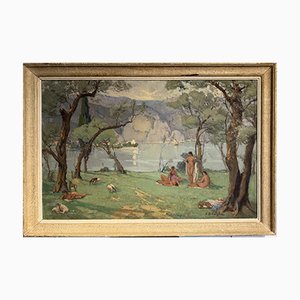
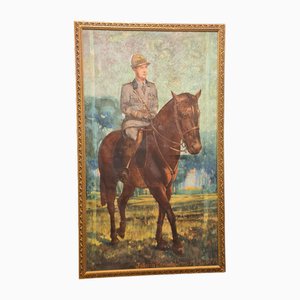
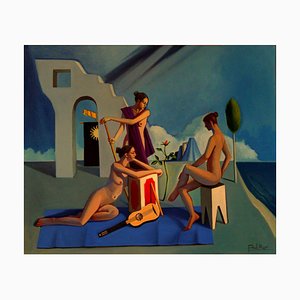

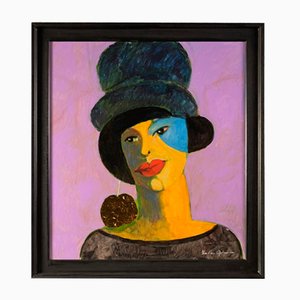



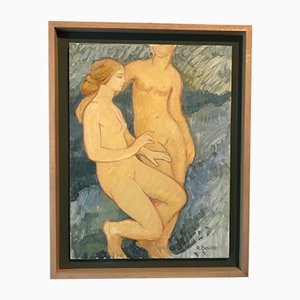



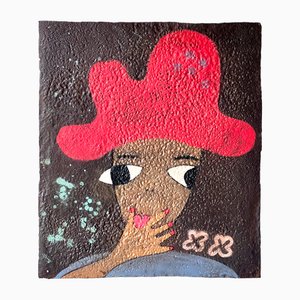
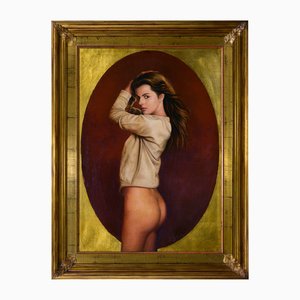



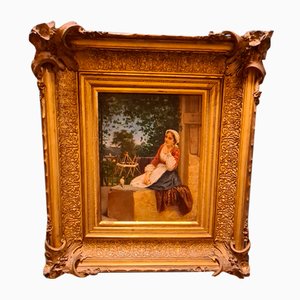
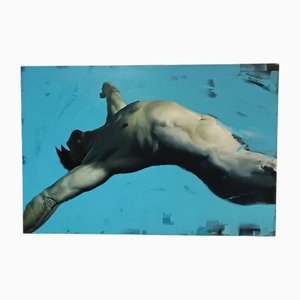
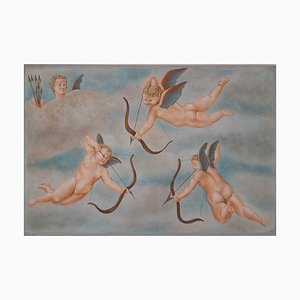
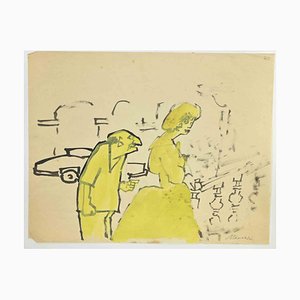

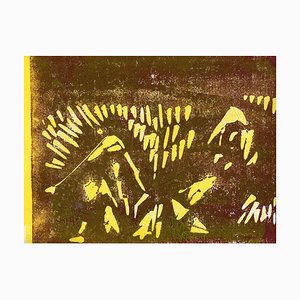


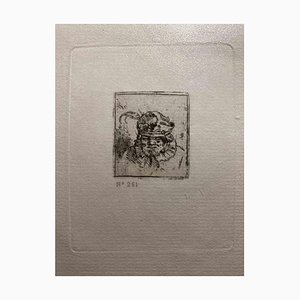
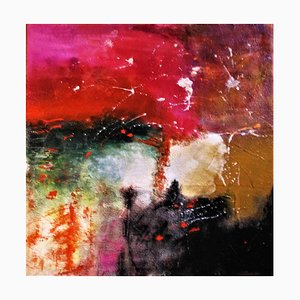

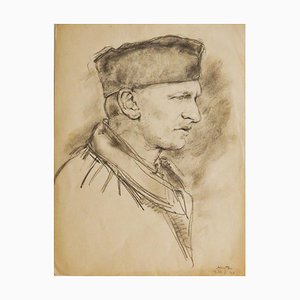
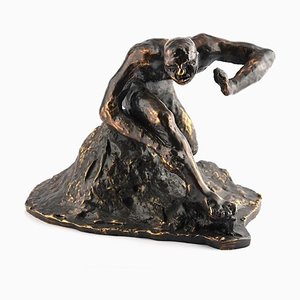
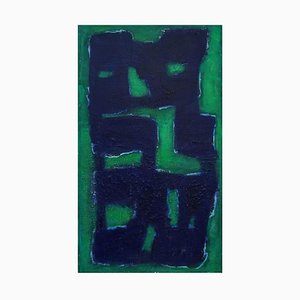

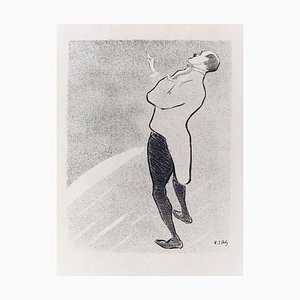






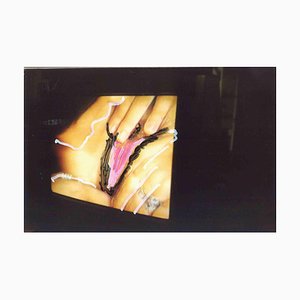
Contattaci
Fai un'offerta
Abbiamo notato che sei nuovo su Pamono!
Accetta i Termini e condizioni e l'Informativa sulla privacy
Contattaci
Fai un'offerta
Ci siamo quasi!
Per seguire la conversazione sulla piattaforma, si prega di completare la registrazione. Per procedere con la tua offerta sulla piattaforma, ti preghiamo di completare la registrazione.Successo
Grazie per la vostra richiesta, qualcuno del nostro team vi contatterà a breve.
Se sei un professionista del design, fai domanda qui per i vantaggi del Programma Commerciale di Pamono